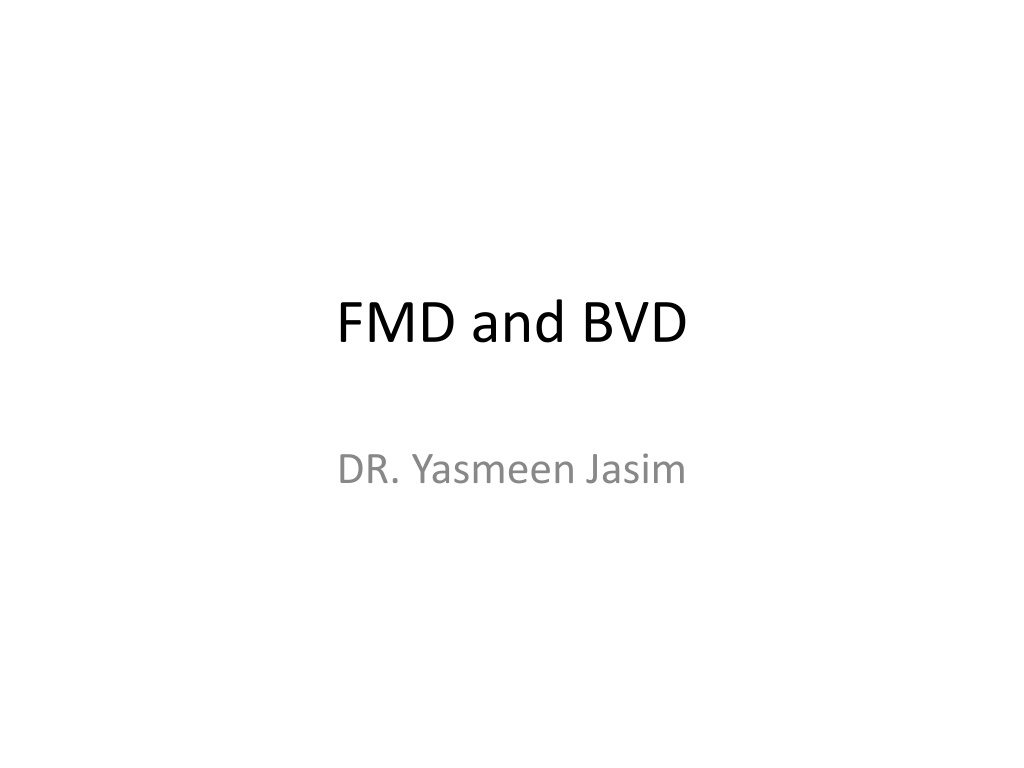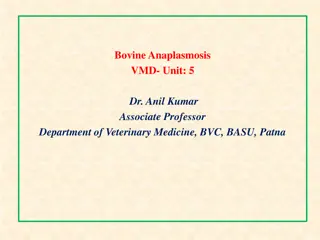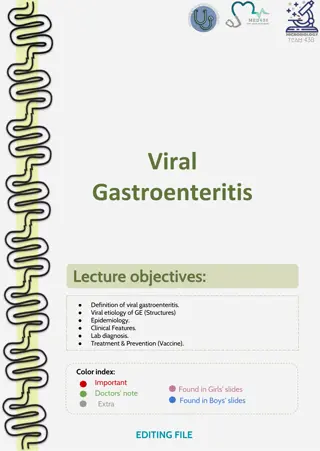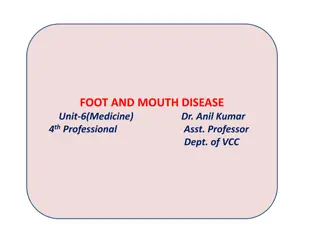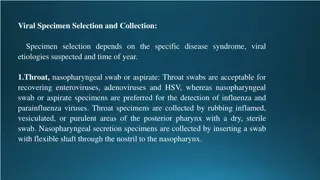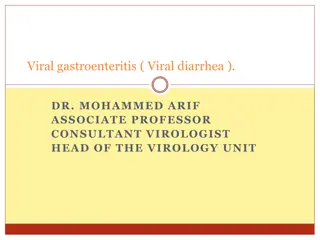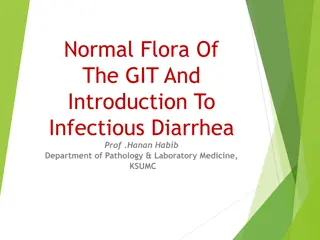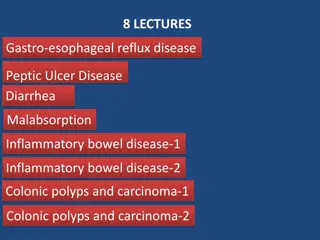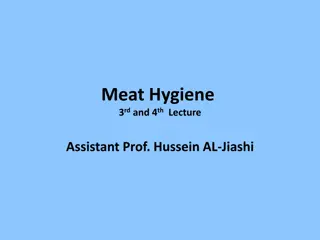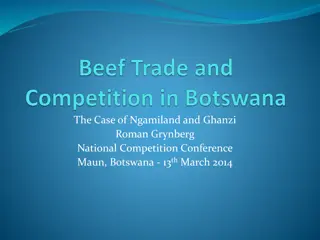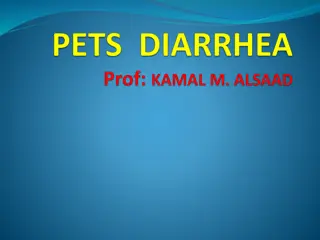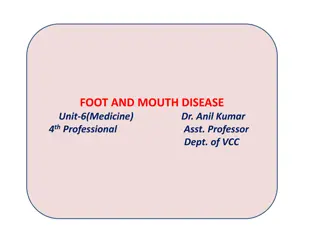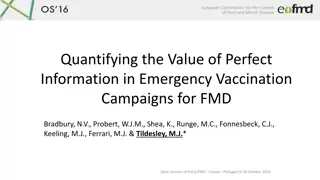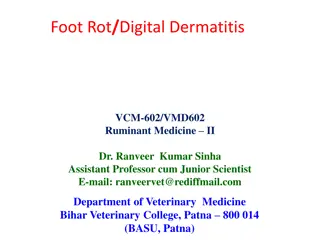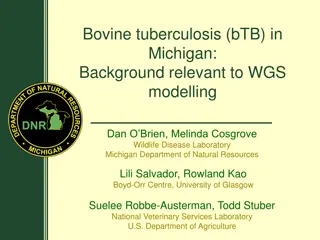Understanding Foot-and-Mouth Disease (FMD) and Bovine Viral Diarrhea (BVD)
Foot-and-mouth disease (FMD) is a highly contagious animal disease affecting cloven-hoofed animals, while Bovine Viral Diarrhea (BVD) is a serious cattle disease caused by the BVD virus. FMD is not transmissible to humans and is caused by different strains of Aphthovirus. Symptoms of FMD include vesicles in the mouth and feet, reduced feed consumption, and lameness. BVD in cattle manifests as respiratory infection with signs such as fever, depression, and diarrhea following initial respiratory symptoms.
Download Presentation

Please find below an Image/Link to download the presentation.
The content on the website is provided AS IS for your information and personal use only. It may not be sold, licensed, or shared on other websites without obtaining consent from the author. Download presentation by click this link. If you encounter any issues during the download, it is possible that the publisher has removed the file from their server.
E N D
Presentation Transcript
FMD and BVD DR. Yasmeen Jasim
Foot-and-mouth disease (FMD) Foot-and-mouth disease (FMD) is a serious and highly contagious animal disease that affects all cloven-hoofed animals including cattle, sheep, goats, camelids, deer and pigs. Cloven-hoofed animals are those with divided hooves. It does not affect horses or zebras. FMD is a disease of animals, not humans and is a different disease than Hand, foot, and mouth disease which is common in young children. FMD is not transmitted to humans by eating affected meat. FMD virus is carried by live animals and in meat and dairy products, as well as in soil, bones, untreated hides, vehicles and equipment used with these animals. It can also be carried on people s clothing and footwear and survive in frozen, chilled and freeze-dried foods.
Etiology FMD is caused by an Aphthovirus of the family Picornaviridae, seven strains (A, O, C, SAT1, SAT2, SAT3, and Asia1) are endemic in different countries worldwide. Each strain requires a specific vaccine to provide immunity to a vaccinated animal.
Signs Vesicles (blisters) formation in the mouth and on the feet. Vesicles rupture and discharge clear or cloudy fluid, leaving eroded areas or ulceration Reduced consumption of feed due to painful tongue and mouth lesions. Excessive salivation ( sticky, foamy, stringy saliva) lameness Marked rise in body temperature for 2 to 3 days. .
Gross feature Ruptured blister producing erosive lesion of the gum
Microscopic features elongate erosion (ruptured vesicle) ventral to the incisors Ruptured blister producing erosive and ulcer lesion of the epithelium . Infiltrations of inflammatory cell ( macrophage and neutrophil)s
Bovine Viral Diarrhea Bovine Viral Diarrhoea (BVD) is a disease of cattle caused by the Bovine Viral Diarrhea Virus (BVDV). The virus is widespread and most herds are at risk for infection. In the susceptible herd, BVD can be a serious, costly disease.
What are the signs of BVD in cattle? Respiratory infection with BVDV is characterized by signs typical of viral respiratory disease, including fever, depression, inappetance, and ocular and nasal discharge, followed by diarrhea several days after onset. Sores or ulceration in the mouth and gums may be present, along with reduced milk production in cows.
Lesions Lesions A- viral diarrhea and mucosal disease - Irregular erosion and ulcer on the dental pad, lateral surface of the tongue and inside the cheeks. - Ulcer extend to the muzzle and external nares. - Same lesion observed on the esophagus - Petechial and redness on the abomasum with ulcer - Hemorrhage on the wall of small intestine. - The mucosa and lymphoid tissues over the affected area become necrotic and slough. - Colon and rectum also are affected. - Erosions on the nares with mucopurulent exudate.
